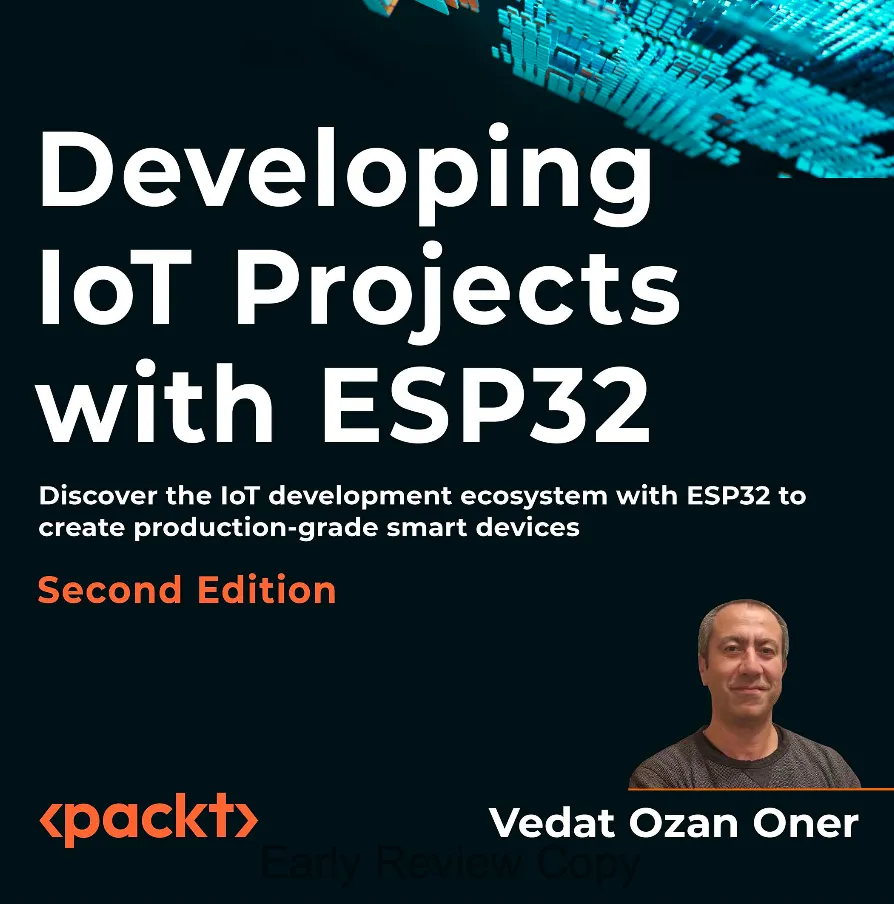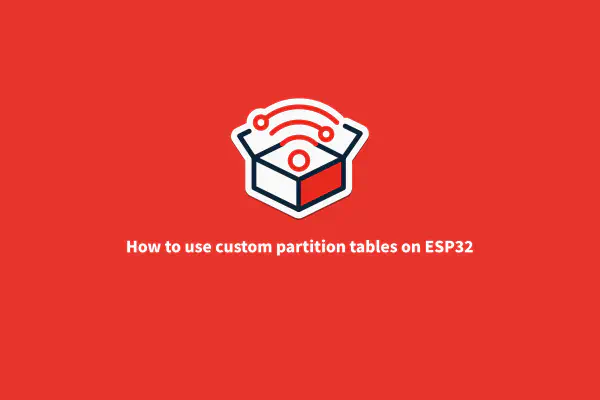“Developing IoT Projects with ESP32” by Vedat Ozan Oner serves as a key guide, especially in its second edition, which has been thoughtfully updated to reflect the latest trends in IoT development.

Targeted at C++ developers who want to create powerful applications using the ESP-IDF. The book explains step by step the complexities of IoT development with the ESP32. Vedat Ozan Oner, the author, is recognized for his passion for IoT, ability of making tricky topics easy to understand.
Content and Structure#
The book is well-organized into twelve detailed chapters, each focusing on a specific area of ESP32 development. Starting with a basic introduction to IoT and the ESP32 platform in the first chapter and moving to advanced discussions on Machine Learning and Edge Impulse Development in later chapters, the book provides a step-by-step learning path. Oner introduces complex concepts like LittleFS or FlatBuffers at just the right time, allowing readers to build their knowledge gradually.
Who is it for?#
While the book is a valuable source of information for students and hobbyist makers, the readers are expected to have a basic knowledge of software development. The book content breaks down complex concepts and code into smaller, manageable parts, which are then put together into larger applications. This approach makes the learning process smoother and shows how to apply theory to real-life projects.
Key Highlights#
One of the book’s important points is coverage of security in IoT, a critical yet often neglected topic. Chapter 7 dives into essential security features needed for any large-scale IoT project, including secure boot processes and Over-the-Air (OTA) updates.
The chapters on Smart Home solutions and Machine Learning bring the book up to date with the latest trends in AI and IoT. These sections are especially notable, offering a peek into the future of IoT devices that are not just connected but also smart.
Practicality and Relevance#
“Developing IoT Projects with ESP32” is packed with practical examples, source code, and advice that can be used right away in real projects. The use of diagrams and code snippets helps clarify complex topics, making this book a hands-on guide for developers looking to improve their IoT development skills.
Conclusion#
Overall, “Developing IoT Projects with ESP32” is a comprehensive and current guide. Whether you are a student, a hobbyist maker or an experienced developer, this book is a valuable resource, offering insights into security, OTA, AI, and ML, ensuring that your IoT projects are not only functional but also secure and forward-looking.




